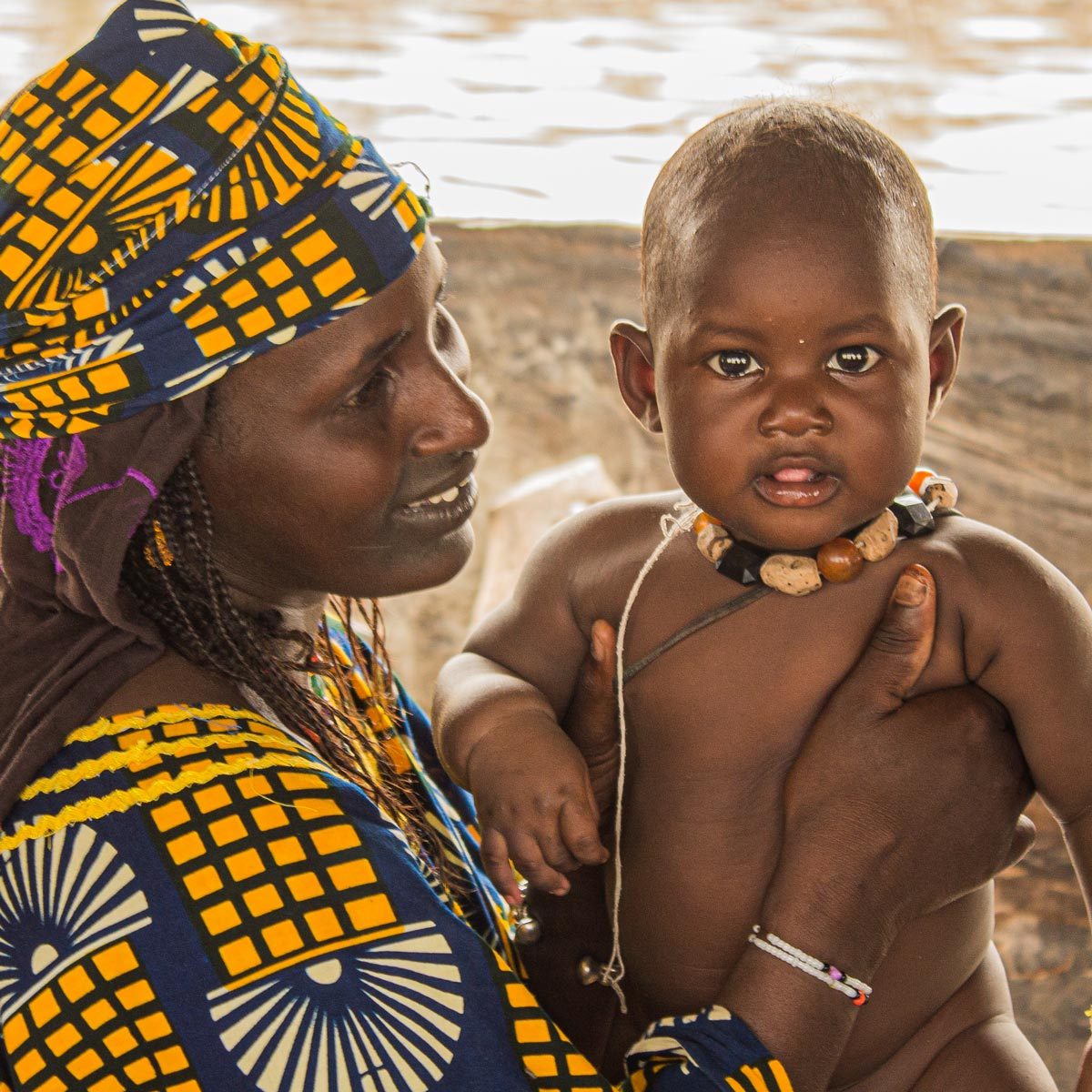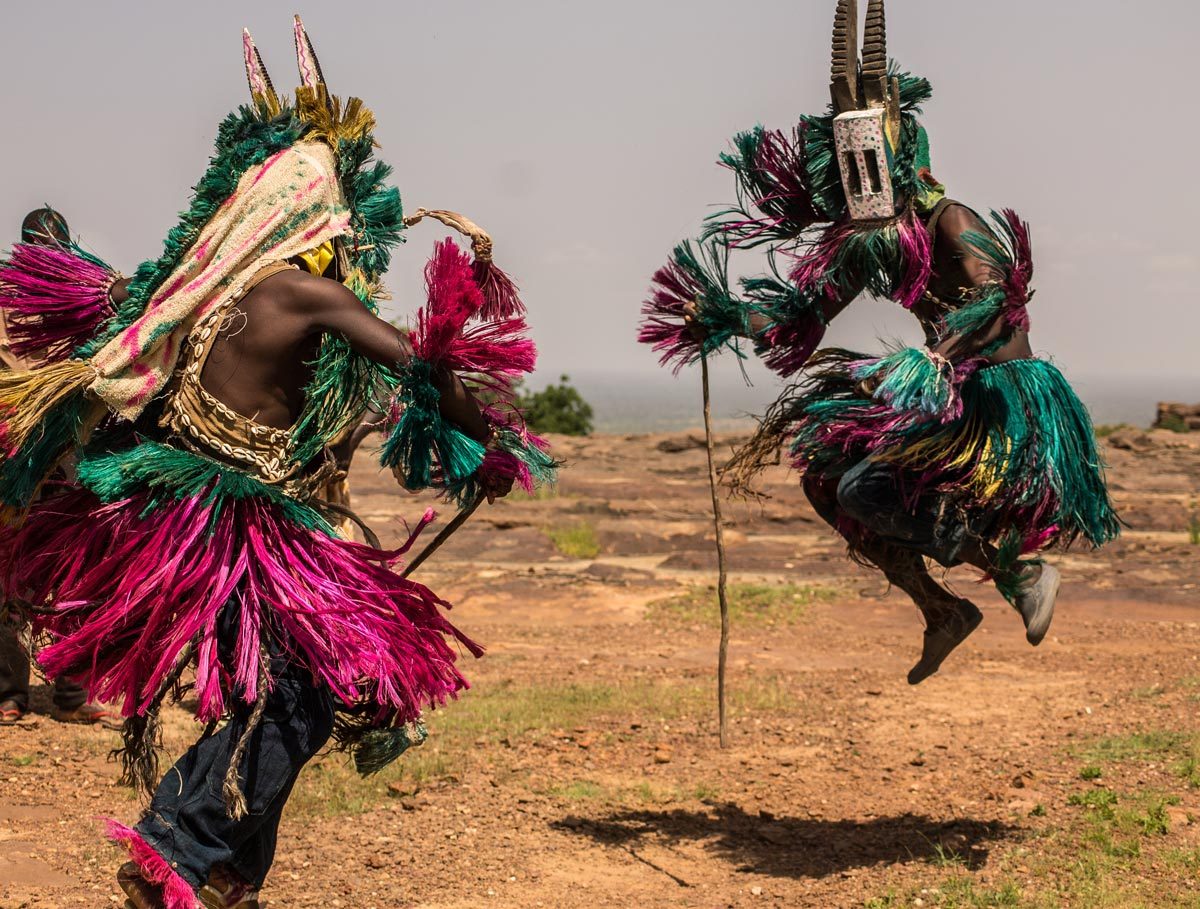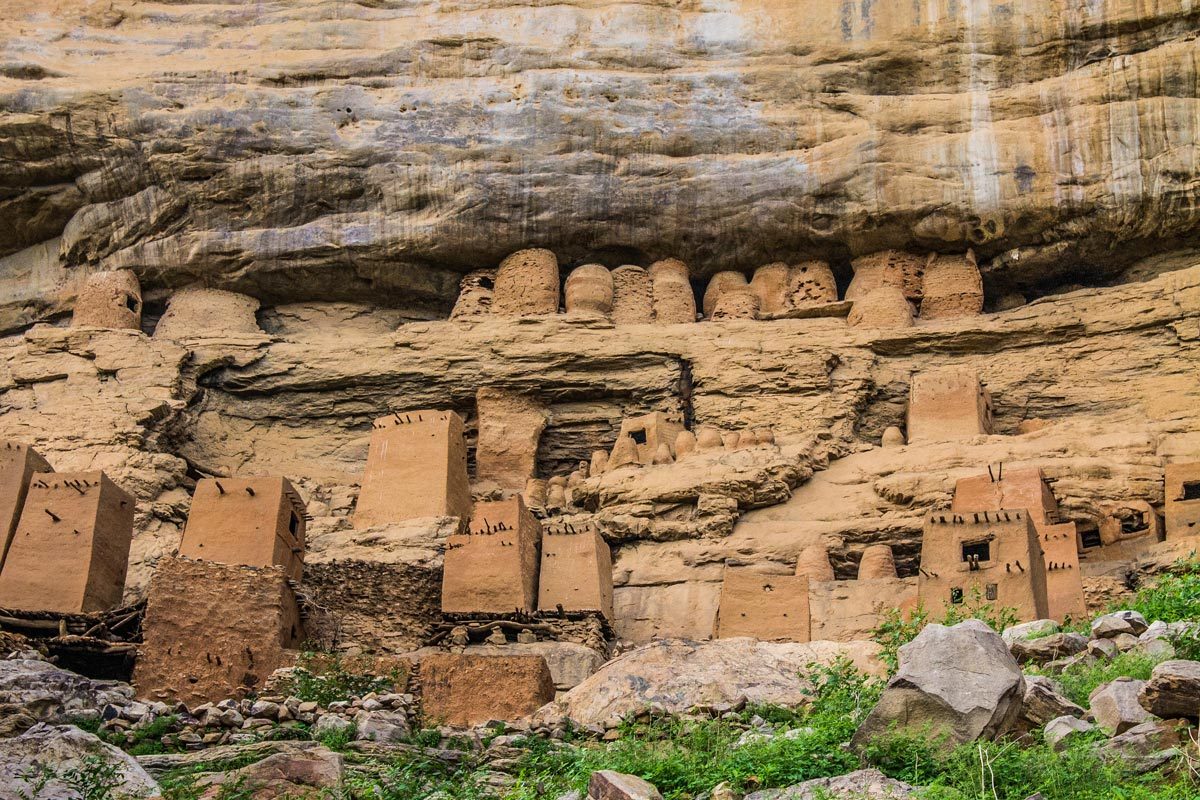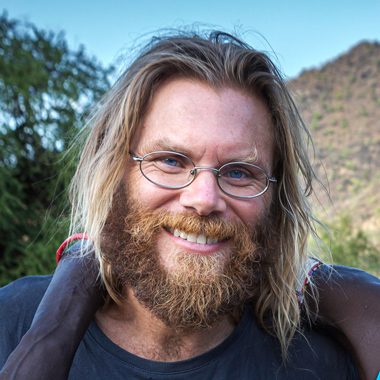The Republic of Mali, the eighth largest country in Africa, is a nation marked by its orography. This region presents an outstanding gradient of ecosystems, from the majestic Sahara desert -which functions as the country's northern border-, passing through the arid zones of the Sahel, to the green and fertile southern region, bathed by the colossal Niger River. A river so surprisingly full of life that it seems like the country's main highway: people fishing, people sewing nets, people eating around bonfires, people swimming across the river. Many people. Lots of life.
The economic structure of this West African country is based on agriculture and fishing, and its strategic importance made it the seat of the three historical empires in the region: the Ghana Empire, the Mali Empire and the Songhay Empire.
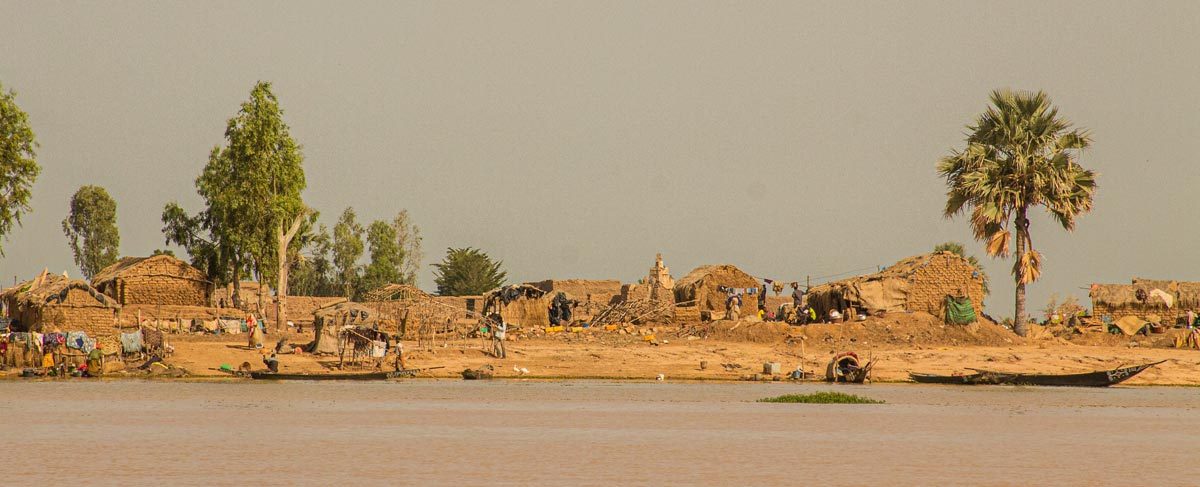
At an architectural level, the city of Djenné stands out; a historical religious and commercial enclave located in the Niger Delta and founded in the 9th century, with an architectural style based on adobe bricks. Djenné houses the largest mud mosque in the world.
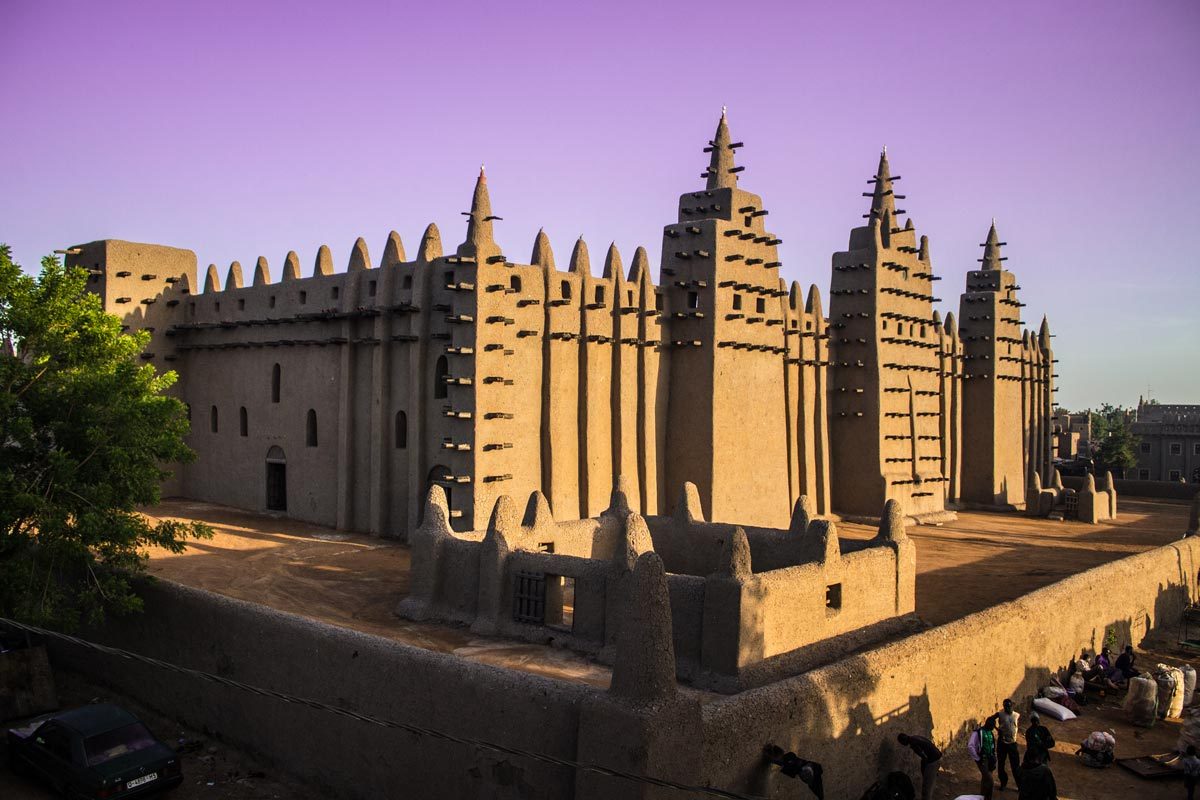
And in relation to ethnic groups, it should be noted the nomadic group of the Fulani, who populate much of the Sahel, and of course the Dogon people, one of the most enigmatic tribal groups in sub-Saharan Africa, which with its steep villages next to the Bandiagara's fault, its mysterious masquerade dances, its animistic medicine and shamanic mythology, have attracted the attention of most anthropologists.
